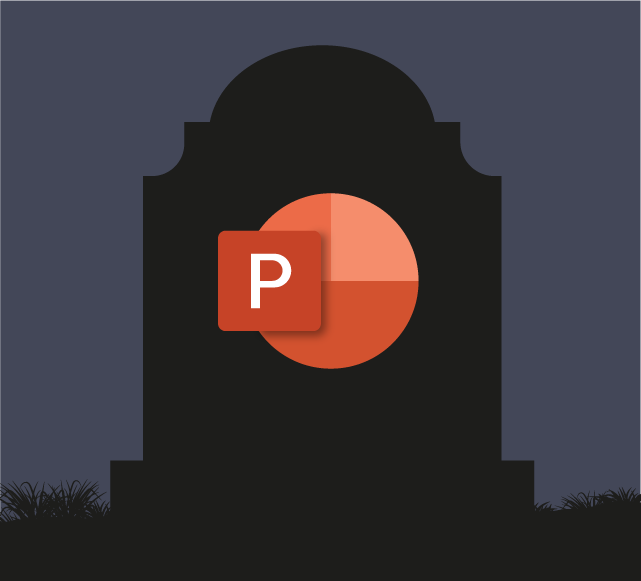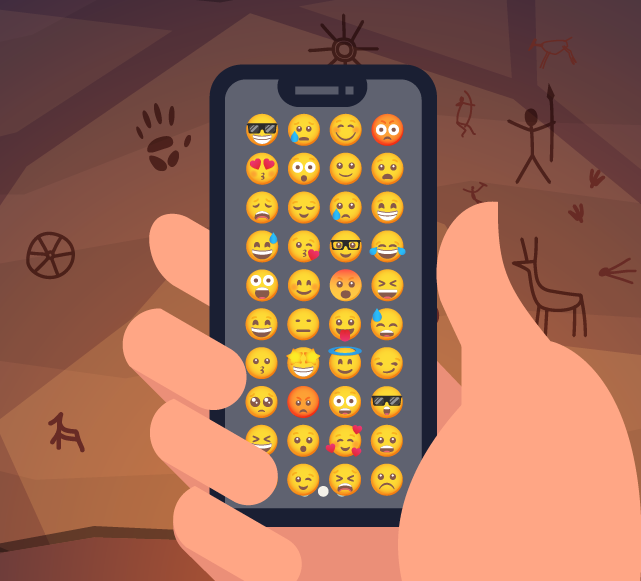
Graphic Design – Have we gone full circle?
Ever since the first primitive adolescent realised he could make the other cave-guys laugh by drawing a set of genitals on the cave wall, we’ve used pictures to communicate.
A browse around an average public toilet might suggest we haven’t evolved much over the past 30,000 years. But let’s face it, a town centre gents toilet isn’t the place you go for high-class art appreciation. The toilets in the Tate have a much higher class of graffiti, although it is a little abstract. Maybe they just needed cleaning. But I digress.
Our ancient ancestors used art like we use YouTube for explainer videos (although there’s no documented evidence of them using the phrase “Hey guys. What’s up?”). Scholars speculate that one of the main reasons that homo-sapiens outlasted their Neanderthal rivals was their ability to draw. For example, they used art to teach each other how to hunt by throwing spears and which animals were good to eat. As a result, they passed their knowledge to the next generation, which helped them evolve quicker.
As well as paintings, there were other forms of communication like drums and smoke signals. However, they weren’t very practical to use. Imagine, instead of sending a quick text message to someone, you had to start building a fire? You couldn’t text your partner from Sainsbury’s asking if they fancied chops for tea by rubbing some sticks together in aisle three.
Fast forward to around 3500 BCE when the Egyptians began using small pictures to record general information. Over the next couple of hundred years, these pictures evolved in hieroglyphic script. Being a bit labour-intensive, it was usually reserved for recording important information about the pharaohs or religious texts. We’ve all seen pictures of the hieroglyphs adorning the inside of pyramids and places of religious significance.
Hieroglyphs morphed into a more user-friendly script known as hieratic script so that everyday information could be written down quickly. By about 700 BCE, hieratic was eventually replaced by demotic script which was even faster and easier to write.
Around 300 BCE Greek became the official language under the Ptolemaic rulers and documents started being written in Greek and Egyptian script. By 100 CE this became Coptic script which was based on the Greek alphabet with some Egyptian signs thrown in to keep everyone happy.
And that was pretty much the last time we used pictures as a language. The Romans conquered Europe and Latin became the basis for most of the European languages. The thousands of images used in hieroglyphs eventually became the 26 letter alphabet we use today.
So where does graphic design come into all this? Clearly, it was there at the start, but what happened to it? Essentially it disappeared entirely until the middle ages when typography and the printed word allowed it to burst back onto the scene.
Heraldry brought about the first “logos”, which were coats of arms to represent family houses. Armies displayed their logos for ease of identification; otherwise, it was just a bunch of blokes in a field, dressed in metal. Also, it’s generally considered more beneficial to kill the soldiers from the other army rather than yours, so differentiating the two sides was useful in that respect.
Fresh, clean, drinking water wasn’t easy to come by so beer was a better option unless you enjoyed staying within dashing distance of privy. As such, pubs were required by law to display a sign outside so that people could find them easily. As few people were educated enough to read, pictures were used for advertising the premises. The Wheatsheaf, Brown Cow, and Bulls Head were all quite commonplace. However, the board for the Cock in Cider pub was banned under public decency laws and only available under the counter of the local sign painter, in plain brown wrapping paper.
The invention of the printing press in 1439 brought communication to the masses. Now, people didn’t have to rely on long-winded versions of books which had been painstakingly hand-written. It allowed the early graphic designers to flex their creative muscles and use pictures for the printed adverts produced on the presses.
Everything was printed in black until chromolithography arrived in the 1800s and brought colour printing. Now, the artists could really go to town. Paintings could be reprinted for home decorations, and the advertisers had a new toy.
Although the term “Graphic Design” wouldn’t be used until about 20 years later, in 1903, the first graphic design agency was opened. The Wiener Werkstätte (Vienna Workshop) opened in Austria and brought artists, designers, and architects together as a multi-disciplined agency.
Modern graphic design was born. Over the past thousands of years, we’d gone from pictures to text to pictures again. Only now, there were many more options…





